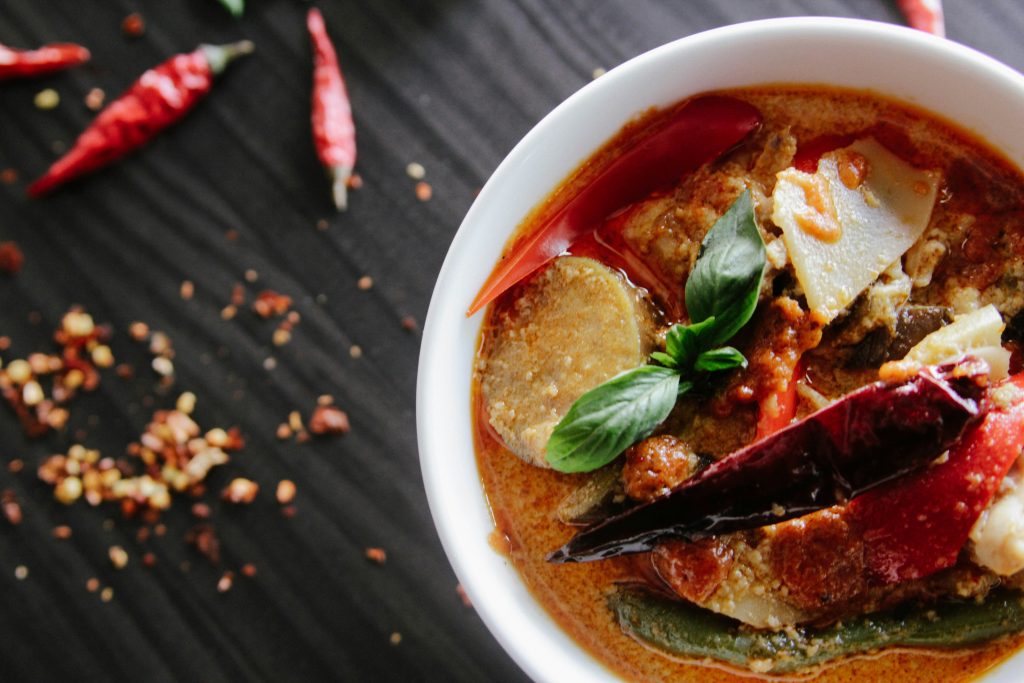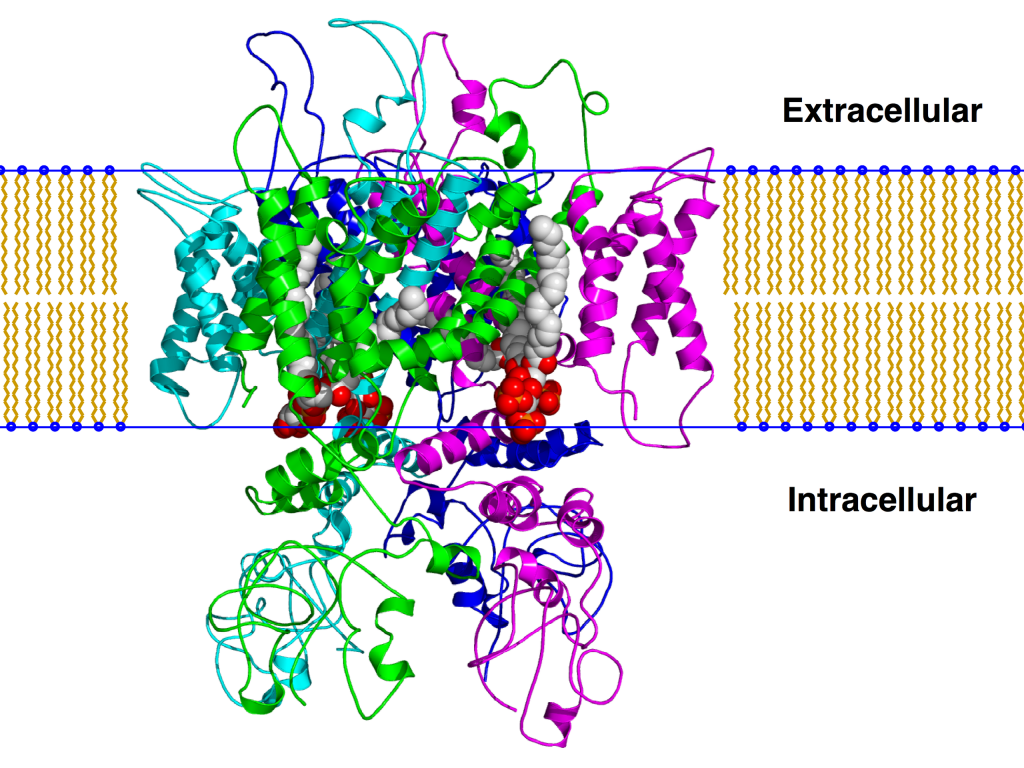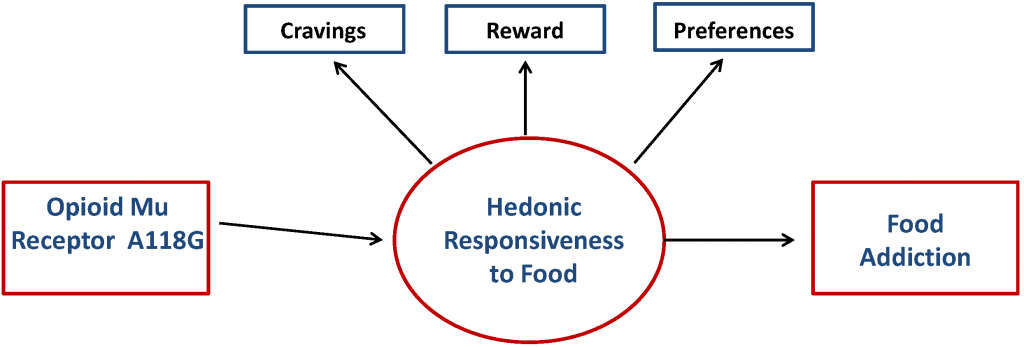The field of science covers a range of taste sensations highlighting hot, spicy and hot & spicy flavors as especially fascinating aspects. This piece explores the differences, among these characteristics their impact, on our bodies and minds and the various factors that shape how each person perceives them. By referencing papers, books and scientific journals we can enhance our grasp of these sensory experiences.

Defining Hot, Spicy, and Hot & Spicy:
“Hot” refers to the feeling of increased temperature whether caused by factors or chemicals. The sensation of heat is usually detected by thermoreceptors, in the skin and mucous membranes, which react to changes in temperature. On the hand chemical heat is often triggered by substances like capsaicin allyl isothiocyanate that activate the same receptors responsive to real heat resulting in a burning feeling without an actual rise in temperature (Meilgaard, Civille, & Carr, 2016).
When we talk about “spicy ” we are referring to the feeling produced by chemicals such as capsaicin found in peppers that stimulate receptors responsible for sensing pain and temperature. This sensation primarily involves the receptor vanilloid 1 (TRPV1) channel, which is also sensitive, to heat and acid causing the distinct burning sensation associated with spicy foods (Hayes & Beauchamp, 2018).
Combining “hot & spicy” brings together these two sensations creating an experience where the perception of heat is intensified by compounds. This blend of sensations can heighten the experience often leading to an intense and memorable culinary adventure (Ness & Hoffman, 2020).
Physiological Mechanisms:
Different receptors and nerve pathways, in the body play a role in the experience of spicy sensations. Thermoreceptors pick up on changes in temperature sending signals to the brain that we interpret as either warmth or cold. The TRPV1 channel, which is a selective cation channel is responsible for detecting spicy compounds. When triggered by substances like capsaicin TRPV1 opens up to allow ions like calcium and sodium into the nerve cell. This process leads to depolarization and results, in the sensation of burning pain (Gautam, Karan, & Shamsher, 2017).

The interplay between these systems contributes to the overall experience of hot & spicy foods. For instance, eating spicy food in a hot environment can intensify the sensation of heat, as both thermoreceptors and TRPV1 channels are activated simultaneously, enhancing the overall sensory input and perception (Grew, 2010).
Psychological and Cultural Factors:
Different cultural backgrounds individual taste preferences and life experiences can play a role, in how people perceive sensations of heat, spiciness and the combination of both. People hailing from regions with a tradition of dishes like Asia or Latin America may find themselves more familiar with and better able to handle spicy flavors. This familiarity often develops through exposure, to foods, which can gradually reduce sensitivity in the TRPV1 receptors over time (Rozin & Rozin, 2010).
Personal taste is also a factor. There are people who find pleasure in the contrast, between pain and pleasure that comes with foods, which is sometimes called ” masochism.” This pleasure is believed to be somewhat psychological as the brain releases endorphins when experiencing pain leading to a feeling of happiness (Shepherd & Raats, 2006).
Hedonic Responses and Preference Formation:
Peoples reactions, to spicy and hot & spicy flavors can be quite intricate encompassing feelings of pleasure, discomfort and a mix of emotions in between. Studies indicate that individuals delight in cuisine may be shaped by elements like personal characteristics acquired connections and social surroundings. For instance those with a penchant, for seeking sensations might find themselves drawn to the fiery kick that spicy dishes offer (Shepherd & Raats, 2006).

Positive encounters, with dishes, like enjoying them at parties or cultural events can boost a persons liking for these flavors. On the side unfavorable experiences may result in developing distaste for them (Rozin & Rozin, 2010).
Implications for Food Science and Product Development:
Exploring the intricacies of flavors, like hot, spicy and hot & spicy can offer insights for creating food products and devising marketing tactics. Brands have the chance to customize their offerings to align with consumer tastes and demands as venture into fresh avenues of creativity, in the realm of sensory experiences. For example crafting items that harmonize spiciness with taste profiles can enhance the appeal of cuisine to a wider range of people (Prescott & Tepper, 2004).
Moreover having insights, into the psychological aspects that shape preferences enables marketers to craft tailored campaigns that connect with consumer segments. This understanding can result in improved product introductions and increased consumer contentment (Prescott & Tepper, 2004).
The world of hot, spicy, and hot & spicy sensations is a fascinating realm within sensory science, offering insight into the intricate interplay between taste, perception, and preference. As researchers continue to unravel the complexities of these attributes, we can expect further advancements in our understanding of the human experience of food, ultimately contributing to more delicious and satisfying culinary creations.
References:
1. Meilgaard, M. C., Civille, G. V., & Carr, B. T. (2016). Sensory Evaluation Techniques. CRC Press.
2. Hayes, J. E., & Beauchamp, G. K. (2018). The Molecular Basis of Spice: From Sensation to Health. Chemosensory Perception.
3. Ness, K. K., & Hoffman, J. R. (2020). Food and Culture. Springer.
4. Gautam, R., Karan, S., & Shamsher, B. (2017). TRPV1: A Key Protein for Sensing Hot and Spicy Foods. International Journal of Scientific Research in Science, Engineering and Technology.
5. Grew, R. (2010). Food, Culture, and Society: An International Journal of Multidisciplinary Research. Routledge.
6. Rozin, A., & Rozin, P. (2010). Cultural Differences in Perception and Preference for Spicy Foods. International Journal of Food Sciences and Nutrition.
7. Shepherd, R., & Raats, M. (2006). The Psychology of Food Choice. CABI.
8. Prescott, J., & Tepper, K. R. (2004). Sensory Science and the Development of Hot and Spicy Food Products. Journal of Sensory Studies.

Leave a Reply